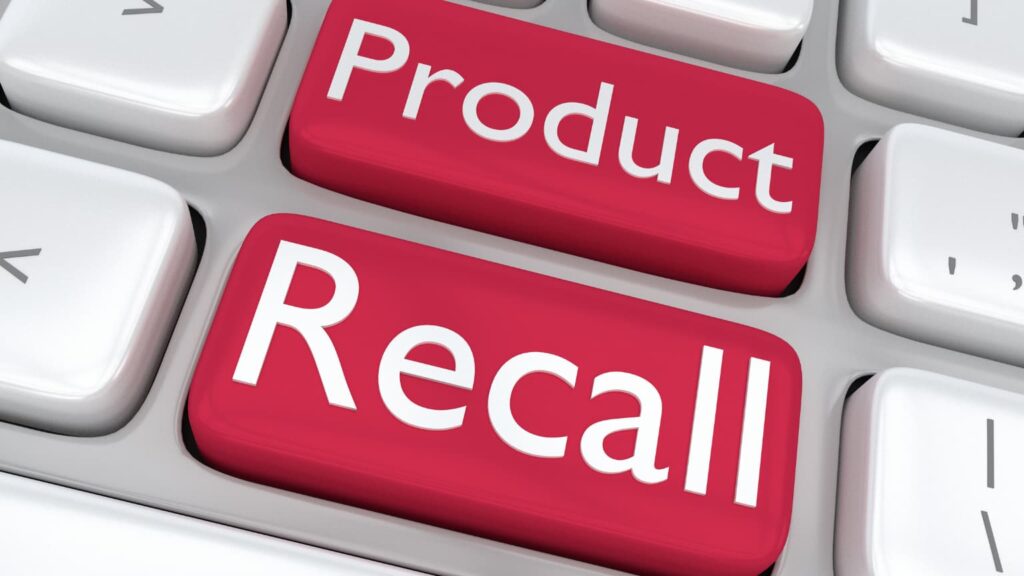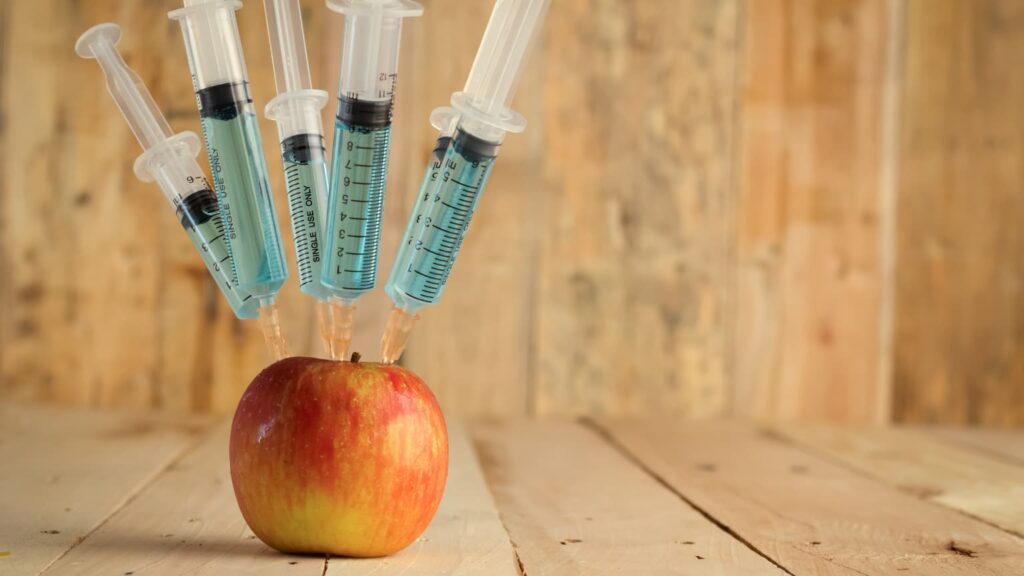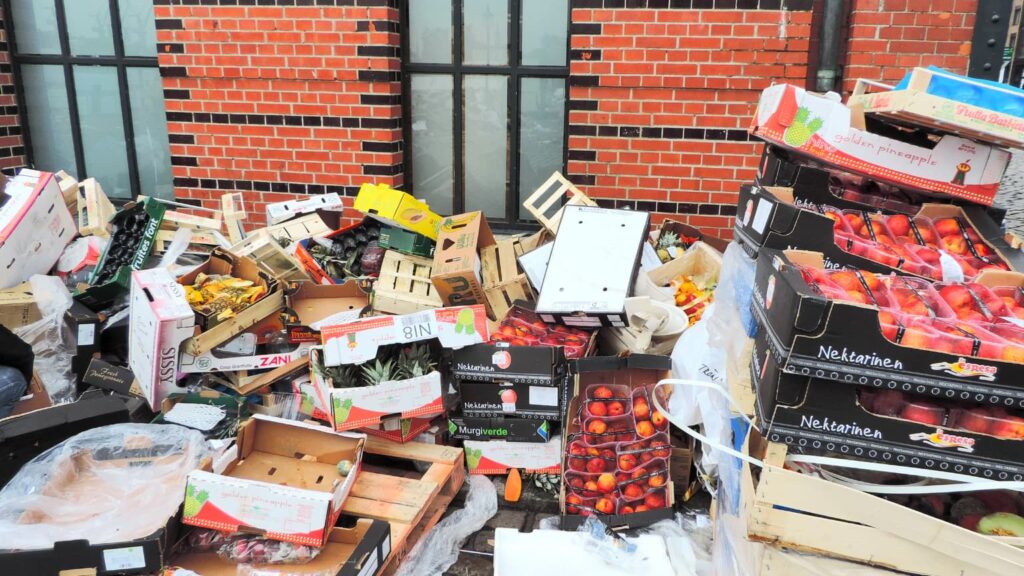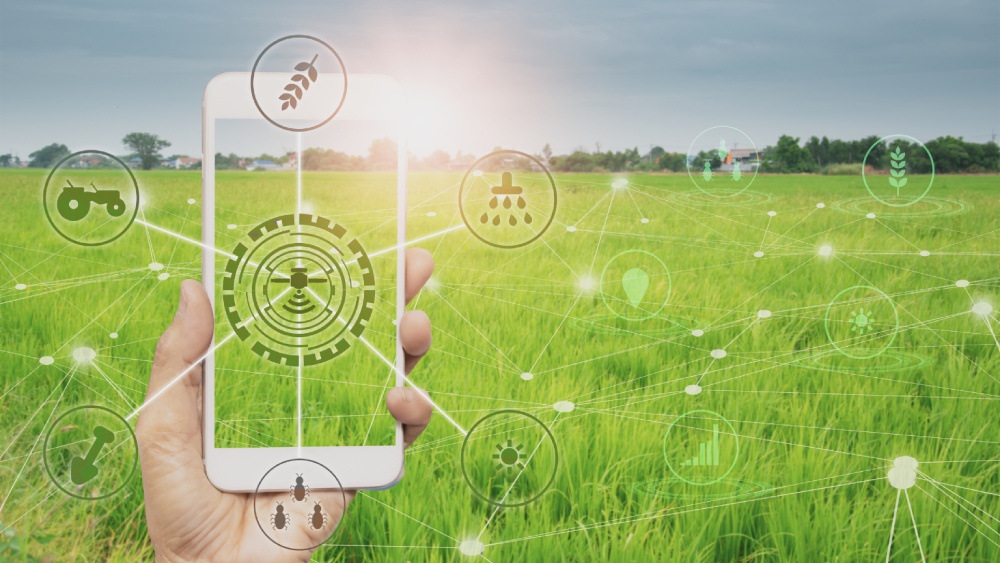The average consumer knows very little about where their food comes from or how it arrived on store shelves.
Sure, many food product labels list the item’s country or state of origin. However, this information alone provides virtually zero insight into how the food was grown, what pathway it took to the grocery store, or if it was produced using sustainable practices.
Each day, an increasingly large percentage of consumers express a desire to know more about where their food comes from and how it got into their grocery carts. This cultural shift among consumers has led many food manufacturers and distributors to invest in food traceability solutions that leverage blockchain technology.
While a traceability system certainly offers advantages to the business, it also provides many consumer benefits. When consumers begin to realize these benefits, demand for the integration of blockchain technology into the food-based consumer goods space will skyrocket.
What Is Food Traceability?

Before we explore the specific benefits of using blockchain technology to trace consumer goods, it is crucial to understand: what is “food traceability”?
Although there are several slightly different definitions, that from the United States Food and Drug Administration is one of the most accurate. According to the FDA, food traceability refers to the “ability to follow the movement of a food” throughout every link of the supply chain.
The FDA says traceability processes document and connect the “production, processing, and distribution” of food ingredients and products.
In simpler terms, food traceability is the process of documenting a food item’s journey through each link in the supply chain. Food traceability records will reveal where and how an ingredient was grown, where it was shipped, who distributed it, and to what retailer it was delivered.
Blockchain technology provides the perfect framework for recording this roadmap because the records are immutable. This immutability means they cannot be altered or changed, assuring consumer confidence in associated data.
How a Food Traceability System Benefits Consumers?
A food traceability system that leverages blockchain technology benefits consumers in a myriad of fashions, including the following:
Improves Food Safety

The most significant benefit of food traceability systems is that they can optimize food safety.
Currently, food distributors must issue massive recalls if an issue is detected with one of their products. These recalls are designed to ensure that all contaminated or potentially contaminated products are removed from store shelves and the hands and homes of consumers.
Unfortunately, many recalls use the “cast a wide net” approach. Food distributors have difficulty determining which shipments were contaminated, so they must overreach and risk recalling potentially safe foods.
This overreach leads to significant food waste and does not necessarily guarantee that all contaminated items will be recalled.
Food tracing allows distributors and retailers to precisely identify which shipments were contaminated. They can then issue specific recalls that protect consumers while also minimizing food waste.
Reduces Food Fraud

Modern food fraud is often considered an issue that impacts manufacturers and retailers. While this is true, food fraud also poses a risk to consumers.
Fraudulent foods often contain unsafe ingredients or lack essential preservatives. As a result, they can cause consumers to become ill. Another concern is that food fraud costs the industry billions each year. Some of these costs are passed on to consumers.
Food traceability technologies can effectively guard against fraud. In turn, this tracking can further increase food safety while simultaneously keeping costs lower.
Increases Product Freshness

Blockchain technology and food traceability systems allow the food industry to optimize its product distribution efficiency. This setup means that consumers will have consistent access to fresher fruits, vegetables, and other perishable items.
Increasing product freshness will help consumers waste less food as well. If products are fresher when consumers purchase them, those products will have a longer shelf life. This reality means that consumers will have a longer window in which to eat the food products, reducing the chance of wasteful spoilage.
Minimizes Shortages

Food shortages can be attributed to many different factors, including weather conditions, natural disasters, droughts, and rapid fluctuations in demand.
While blockchain technology and food traceability systems cannot eliminate the impacts of all of these confounding factors, chain-based solutions can reduce the likelihood of a significant shortage.
Food traceability systems can help manufacturers optimize food production and reduce waste. This governance means that shortages of in-demand products like fruits, vegetables, and other perishables will occur with much less frequency. Consumers can obtain sought-after items at a lower cost and for extended periods of the year.
Blockchain Technology: The Key to Effective Consumer Goods Tracing
Traceability systems offer tremendous benefits to consumers. However, these systems would not be viable without blockchain technology and the support of traceability innovators like Farm to Plate.
If you would like to learn more about Farm to Plate and our mission to modernize the global food supply chain, check out our other content. You can also speak with one of our team members directly if you are interested in implementing our solutions.
Pramod Sajja, CEO & President at Paramount Software Solutions (farmtoplate.io).
